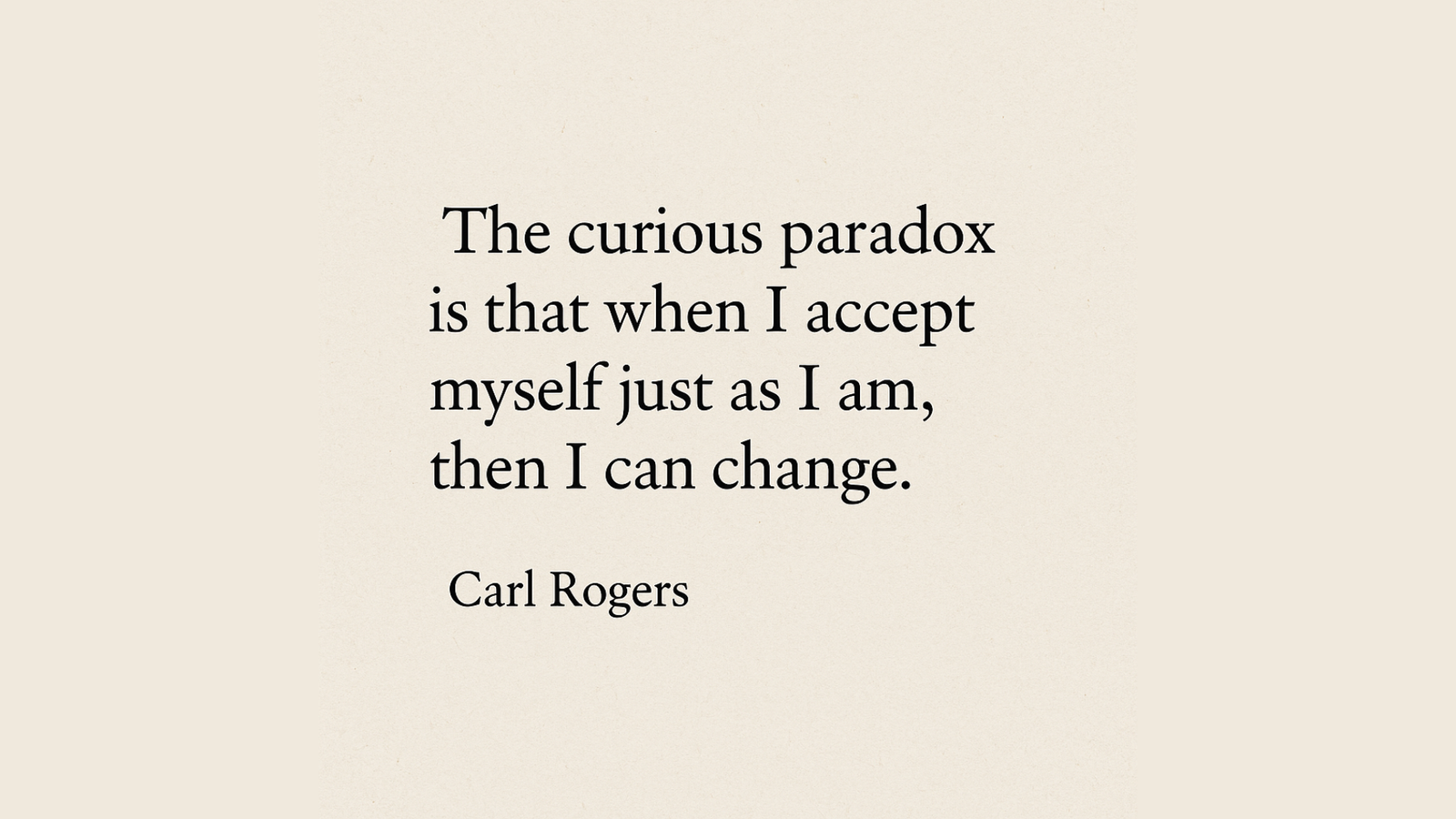
In the last part of this series, we explored how to let go—how to slowly loosen our grip on what no longer serves us. But before we can truly release, we must understand: why is it so difficult to let go in the first place?
Letting go is not about weakness or giving up. Often, it’s about the quiet threads that hold our heart and mind captive. We hold on not because something is still valuable, but because a part of us—hurt, uncertain, or comforted by the known—finds safety even in pain. Familiarity feels less frightening than change, even when it hurts.
Our minds are drawn to repetition. We revisit emotions, replay moments, and carry thoughts like echoes. The brain seeks patterns, even in pain. So when we try to let go, we face resistance—not just from the world outside, but from within ourselves. From the conflict between what we feel and what we fear.
And so we carry along—small fights, unintended mistakes, bitter words, insensitive remarks, hurtful gestures. What should’ve passed stays. The friction of all this begins to resist our growth, slowly but steadily. One cannot fly free while holding onto everything that was never meant to stay.
Sometimes, it’s the weight of the past or silent grudges. Sometimes it’s others’ opinions, or our own unforgiving expectations. Sometimes it’s the version of ourselves we thought we’d become. And eventually, all of it turns into a shell—a quiet house of pain, built from things we couldn’t release.
But even the heaviest sky finds a way to rain, to release. And maybe, so can we.


Leave a Reply